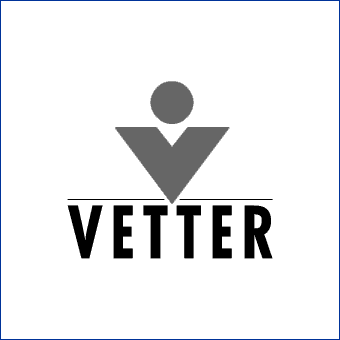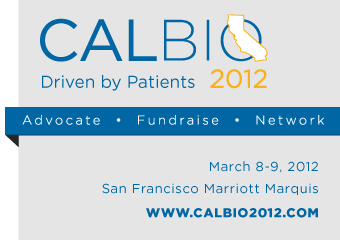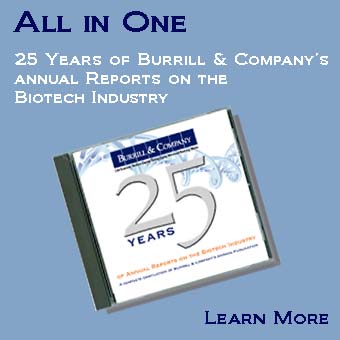“We are now more confident than ever that we have the right model to achieve these improvements.”
GlaxoSmithKline took the occasion of its disappointing earnings results to boast about its revamped R&D strategy starting to show results. In all, GSK said it has had 16 new drugs and vaccines approved in the United States since 2008, including 11 new molecular entities.Earning for the fourth quarter, ending December 31, 2011, fell short of analysts’ expectations as the company had sales of $11.2 billion, shy of the $11.5 billion consensus estimate by Zacks Investment Research. Earnings per American Depositary Share in the fourth quarter reached 90 cents per ADS, below Zacks consensus estimate of 95 cents, but up from the 24 cents per ADS the company posted a year ago.
The company said its R&D rate of return has climbed to 12 percent from 11 percent in 2011 and that it is on track to hit its long-term goal of 14 percent. “We are now more confident than ever that we have the right model to achieve these improvements,” GSK CEO Andrew Witty said.
In 2011, GSK won U.S. Food and Drug Administration approval for Benlysta, the first new lupus drug in 50 years; Trobalt a first-in-class epilepsy drug; and Horizant, a first-in-class drug to treat restless leg syndrome. The company also said it received data for 9 late-stage experimental drugs in 2011 and has four drugs and vaccines ready to file for marketing approval this year, including Promacta for hepatitis C, Relovair for COPD, an influenza quadrivalent vaccine, and a potential treatment for melanoma that recently met its endpoint in a late-stage clinical trial.
Witty also said he expects to complete development programs for another six late-stage assets and indications during 2012.
In 2008, GSK introduced Discovery Performance Units, or DPUs, within the company in an effort to improve R&D efficiency by breaking up research and development into small units that operate more like independent biotechs where innovation seems to better flourish than in large pharmaceutical companies. These units consist of anywhere between 5 to 70 scientists and are each focused on a particular disease or pathway.
Under this model, each unit must present on their progress to GSK R&D leaderships, as well as outside venture capitalist and biopharmaceutical investors as part of an annual funding review. As a result of this year’s assessment, the company said it made new investment allocations in discovery research, formed four new Discovery Performance Units, and closed three. Of the remaining units, the company said it increased its investment in six of the units and decreased investment in five.
“Of course, we closed some DPUs, we created some new DPUs and we reshaped some DPUs. I know everybody's focused and fixated on that. It's not the story,” Witty said during a conference call with analysts available on Seeking Alpha. “The story is, we completely transformed the culture of discovery inside GSK.”
February 10, 2012
http://www.burrillreport.com/article-gsk_boast_improving_rd_productivity.html






.gif)